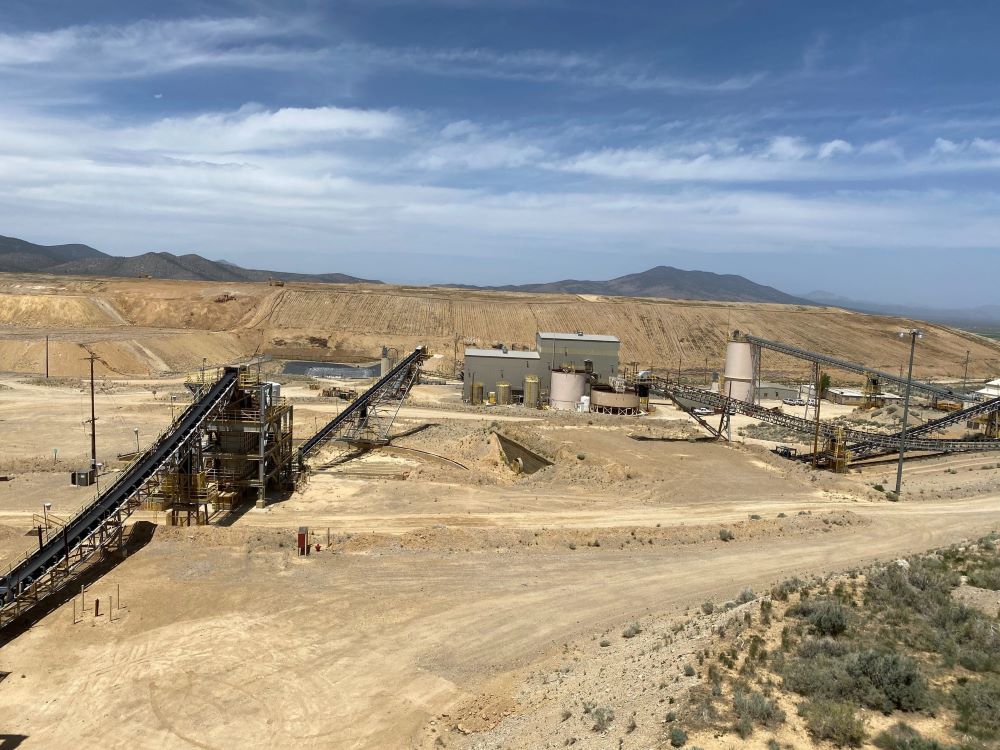i-80 Gold completes 2-stage scoping study for mill restart at Ruby Hill


i-80 Gold (TSX: IAU; NYSE: IAUX) has the results of a scoping study completed by DRA Americas that examined the possibility of restarting the mill at the Ruby Hill gold-silver mine in the Battle Mountain trend of northern Nevada. The heap leach at the site is currently active.
The study was completed in two parts. One focused on the processing of oxide and the other on recovering base metals.
The capital cost of restarting the oxide plant totals US$8.9 million. This includes US$4.4 million for the plant, US$217,134 for utilities, US$182,110 for regents, and US$4.1 million for indirects. The annual cost of operating this part of the plant would be US$9.22 per tonnes of ore processed.
The scoping study contemplates feeding run-of-mine ore to the existing primary and secondary crushing circuits. The crushed ore would be stockpiled ahead of tertiary crushing and screening ahead of a fine ore silo. Tine ore would be further reduced in a ball mill and classified in a cyclone bank. Cyclone overflow would feed a new trash screen before being thickened.
Thickener underflow would feed the leach tank, with leach tails reporting to belt filters. The filter cake would be fed to an agglomerator for placement on the existing leach pad.
Thickener overflow and filtrate would feed the carbon absorption columns.
In the second part of the study, the capital cost of converting the mill to a flotation plant to recover base metals would be US$65.7 million. The sum includes US$6.0 million for a tailings facility, US$534,181 for a filtered tailings return line, US$31.1 million for the mill rebuild, US$817,162 to establish air compression ability, US$133,603 for process water, US$940,000 for reagents, and US$26.2 million for indirects.
The run-of-mine ore would follow a separate circuit from the oxide ore, but it would be configured much the same way through ball milling and classification.
The flotation area would include sequential lead-silver the zinc circuits, each consisting of a rougher, followed by regrinding, and then three stages of cleaning. Separate lead-silver and a zinc concentrates, as well as flotation tails would be dewatered and stockpiled separately. Tailings would be transported and filtered at a lined storage area, and the solution would be pumped back to the mill as float process water.
"With appreciable oxide mineralization having been identified at both Ruby Hill and Granite Creek, we felt it was prudent to assess the possible restart of the Ruby Hill CIL plant as a second company operated processing facility," said i-80 president and CEO Matt Gili. "Owing to the anticipated low capital cost, and accelerated timeline for restart, this plant has the potential to enhance our proposed stand-alone operating capabilities in Nevada."
Learn more about i-80’s operations at www.i-80Gold.com.
Comments